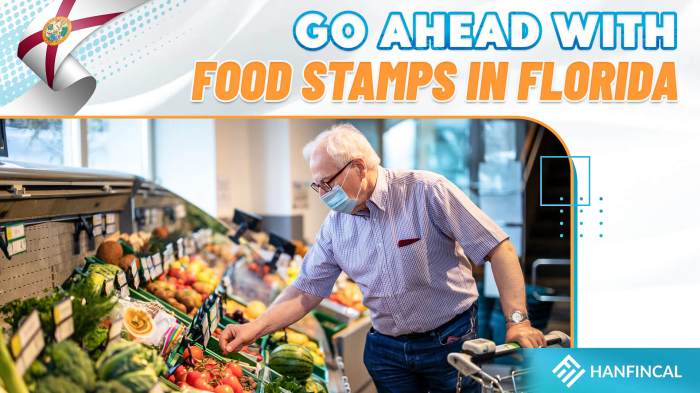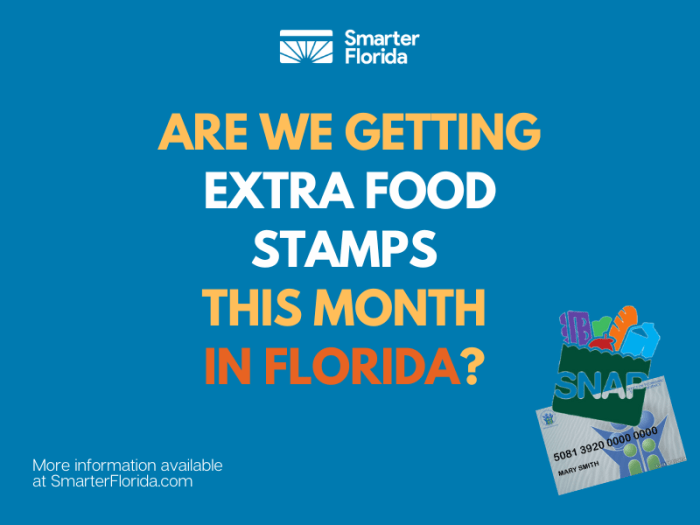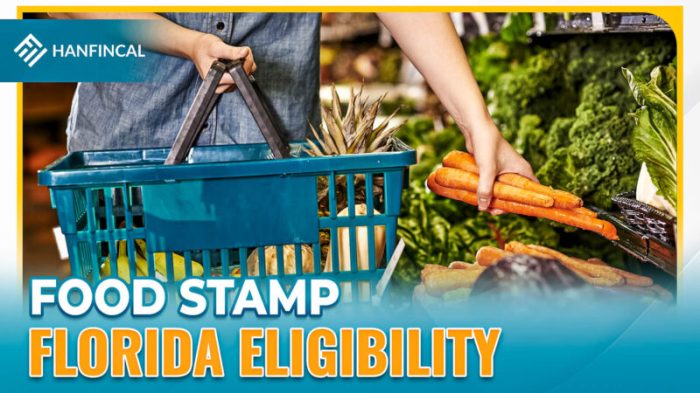The Supplemental Nutrition Assistance Program (SNAP), commonly known as food stamps, is a vital resource for millions of low-income Americans. In Florida, SNAP provides monthly benefits to eligible households to help them purchase food. With the rising cost of living, many families are wondering if they will receive extra food stamps this month in Florida.
This article will provide an overview of the current SNAP program in Florida, including eligibility requirements, benefit amounts, and any recent updates.
SNAP is a federally funded program administered by the Florida Department of Children and Families (DCF). The program provides monthly benefits to eligible households based on their income and household size. SNAP benefits can be used to purchase food at authorized retail stores.
In Florida, SNAP benefits are typically issued on the first of each month.
Florida Food Assistance Programs
Florida offers various food assistance programs to help low-income individuals and families meet their nutritional needs. These programs include the Supplemental Nutrition Assistance Program (SNAP), the Emergency Food Assistance Program (TEFAP), and other state-funded programs.
Supplemental Nutrition Assistance Program (SNAP)
SNAP, formerly known as food stamps, is a federally funded program that provides monthly benefits to eligible low-income individuals and families to purchase food. In Florida, SNAP benefits are issued through an Electronic Benefits Transfer (EBT) card that can be used at authorized grocery stores and farmers’ markets.
Emergency Food Assistance Program (TEFAP)
TEFAP is a federally funded program that provides emergency food assistance to low-income individuals and families. In Florida, TEFAP is administered by the Florida Department of Children and Families (DCF). TEFAP food is distributed through a network of food banks and pantries throughout the state.
Other Food Assistance Programs
In addition to SNAP and TEFAP, Florida offers several other food assistance programs, including:
- Women, Infants, and Children (WIC) Program: Provides nutrition education and food assistance to pregnant women, new mothers, and children under the age of five.
- Senior Food Assistance Program: Provides food assistance to low-income seniors aged 60 and older.
- Food for Florida Program: Provides food assistance to low-income families with children under the age of 18.
Eligibility for Food Stamps in Florida
To qualify for Supplemental Nutrition Assistance Program (SNAP) benefits in Florida, individuals and families must meet certain eligibility requirements. These requirements include income guidelines, asset limits, and other criteria.
Income Guidelines
SNAP income eligibility is based on the household’s gross monthly income. The income limit varies depending on the household size and composition. For example, in 2023, a one-person household can have a gross monthly income of up to $1,833 to be eligible for SNAP.
Asset Limits
In addition to income, SNAP eligibility also considers household assets. Assets include cash, bank accounts, stocks, bonds, and real estate. The asset limit for SNAP in Florida is $2,500 for individuals and $4,000 for households with one or more elderly or disabled members.
Other Eligibility Requirements
- Citizenship or Legal Residency: Most applicants must be U.S. citizens or legal permanent residents.
- Work Requirements: Able-bodied adults between 18 and 59 years old without dependents may be required to work or participate in a workfare program to receive SNAP benefits.
- Student Status: College students may be eligible for SNAP if they meet certain criteria, such as being enrolled at least half-time, meeting income guidelines, and not being claimed as a dependent by their parents.
Applying for Food Assistance in Florida

Applying for Food Assistance (Supplemental Nutrition Assistance Program, SNAP) in Florida can be done online or in person. The eligibility criteria and application process may vary depending on your circumstances. Here’s an overview of the application process for both methods:
Online Application Process
- Visit the Florida Department of Children and Families (DCF) website: https://www.myflorida.com/accessflorida/
- Create an account or log in if you already have one.
- Complete the online application form and submit it.
- You will receive a confirmation number and further instructions on the application status.
In-Person Application Process
- Locate your local DCF office: https://www.myflorida.com/accessflorida/locator/
- Visit the office during business hours and request a SNAP application form.
- Complete the application form and submit it to the office staff.
- You will receive a receipt with further instructions on the application status.
Documentation Required for SNAP Application
- Proof of identity (e.g., driver’s license, state ID card)
- Proof of income (e.g., pay stubs, bank statements)
- Proof of expenses (e.g., rent/mortgage statement, utility bills)
- Proof of citizenship or legal residency (if applicable)
Benefits of Food Stamps in Florida

Supplemental Nutrition Assistance Program (SNAP) benefits, commonly known as food stamps, provide financial assistance to low-income households to purchase food. In Florida, SNAP benefits are calculated based on household size, income, and certain deductions. The maximum monthly benefit amount for a one-person household in Florida is $281, while the maximum for a four-person household is $835.
SNAP benefits can be used to purchase a wide variety of food items, including fruits, vegetables, meat, poultry, fish, dairy products, bread, cereals, and snacks. They can also be used to purchase seeds and plants that produce food. SNAP benefits cannot be used to purchase alcohol, tobacco products, vitamins, or hot prepared foods.
The average SNAP benefit amount in Florida is $250 per month. This amount can vary depending on the household’s size, income, and deductions.
SNAP Benefits Calculation in Florida
SNAP benefits are calculated using a formula that takes into account the household’s gross income, certain deductions, and the household size. The gross income limit for a one-person household in Florida is $1,683 per month, while the gross income limit for a four-person household is $3,368 per month.
Deductions that can be subtracted from the gross income include:
- Standard deduction: $167 per month for all households
- Earned income deduction: 20% of earned income
- Child support deduction: The amount of child support paid
- Medical expense deduction: The amount of medical expenses that exceed $35 per month
Once the deductions have been subtracted from the gross income, the net income is used to calculate the SNAP benefit amount. The net income is multiplied by 0.3 to determine the SNAP benefit amount.
Using SNAP Benefits in Florida
SNAP benefits can be used to purchase food at authorized retail food stores. To use SNAP benefits, the recipient must present their Electronic Benefits Transfer (EBT) card at the checkout counter. The EBT card is a debit card that is loaded with the SNAP benefits each month.
SNAP benefits can also be used to purchase food online from certain authorized retailers. To use SNAP benefits online, the recipient must have an EBT card that is linked to a SNAP-approved online account.
Recent Updates on Food Stamps in Florida
The Supplemental Nutrition Assistance Program (SNAP), formerly known as food stamps, has undergone recent changes in Florida. These modifications aim to enhance the program’s effectiveness and streamline the application process for eligible individuals and families.
One significant change is the implementation of online applications. Eligible applicants can now conveniently apply for SNAP benefits through the Florida Department of Children and Families (DCF) website. This online portal simplifies the application process and allows individuals to track their application status.
Upcoming Changes to SNAP in Florida
In the coming months, additional updates to SNAP in Florida are anticipated. These changes include:
- Expansion of SNAP eligibility criteria to include individuals with higher incomes.
- Increase in SNAP benefit amounts to provide greater financial assistance to eligible recipients.
- Implementation of a simplified application process to make it easier for individuals to access benefits.
These upcoming changes are expected to significantly impact SNAP recipients in Florida by increasing access to nutritious food, reducing food insecurity, and improving the overall well-being of eligible individuals and families.
Final Summary

The Florida Department of Children and Families (DCF) has not announced any changes to the SNAP program for the month of [current month]. This means that SNAP benefits will be issued on the first of the month as usual. If you have any questions about your SNAP benefits, you can contact the DCF at 1-800-342-3556.
FAQs
Who is eligible for SNAP benefits in Florida?
To be eligible for SNAP benefits in Florida, you must meet the following requirements:
- Be a Florida resident
- Have a gross income that is at or below 130% of the federal poverty level
- Have assets that are below certain limits
How much are SNAP benefits in Florida?
The amount of SNAP benefits you receive each month depends on your income and household size. The maximum SNAP benefit amount for a household of one person in Florida is $281 per month. The maximum SNAP benefit amount for a household of four people in Florida is $835 per month.
When are SNAP benefits issued in Florida?
SNAP benefits are typically issued on the first of each month. If the first of the month falls on a weekend or holiday, benefits will be issued on the next business day.
Can I use my SNAP benefits to buy anything?
No, SNAP benefits can only be used to purchase food. Food includes items such as fruits, vegetables, meat, poultry, fish, dairy products, and bread.